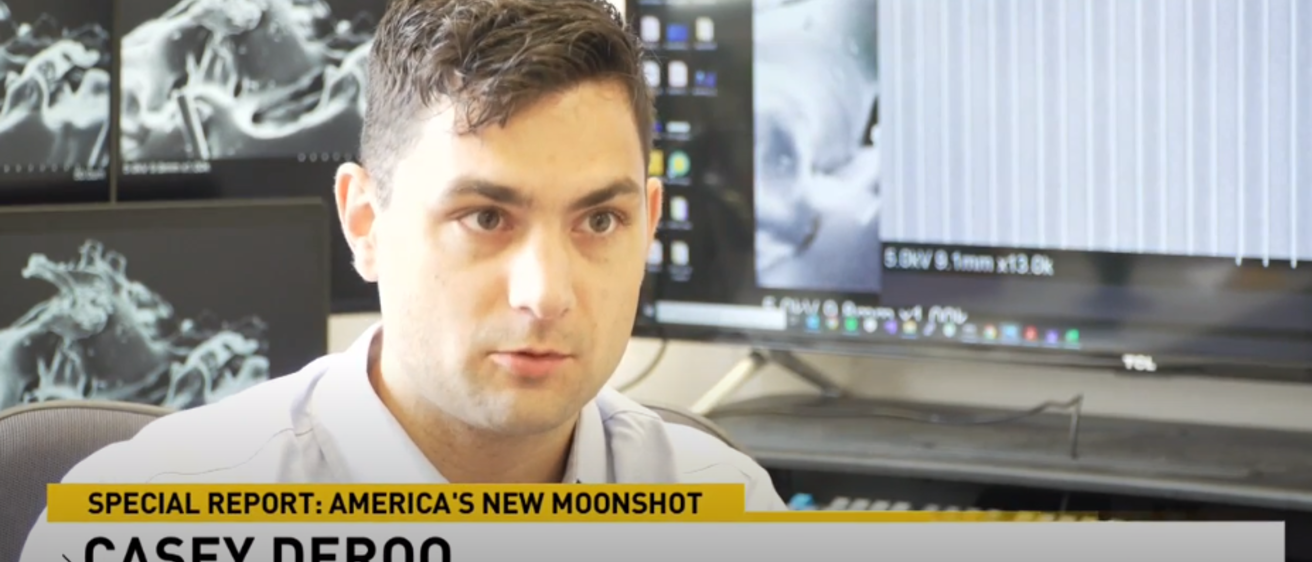The Artemis I launch scheduled for Saturday has a lot of attention for future human missions putting astronauts back on the moon, but the science side of this project is just as big.
“I hope to be able to propose missions to do and to be able to leverage those technologies that are being developed today,” said Casey DeRoo, a University of Iowa professor and researcher.
DeRoo was recently awarded more than a quarter of a million dollars from NASA to develop technology creating mirrors so thin the shape can be controlled remotely after launch. An aspiration is to someday build a miniaturized space telescope using this technology in the size of a shoebox, known as a cubesat.
Right now cubesats are typically deployed close to the Earth. The Artemis missions can send these cubesats much farther away to the moon and beyond.
“How we might use these incredible platforms to develop the science of tomorrow," DeRoo said. "As an example, the Artemis capabilities of deploying cubesats, that’s going to be able to deploy 17 cubesats in a single launch. That’s an incredible return in addition to a manned, lunar mission.”
While entities outside of NASA are excited to propose missions using Artemis as a backbone for future missions, NASA has already used the mission ready for launch to conduct scientific experiments.
“We have cubesats on there, some are going to study radiation, some are going to help us understand the moon, we have one that’s going to look at an asteroid," said Kate Calvin, NASA's Chief Scientist. "Lots of fun science coming with those cubesats.”
The cost of SLS was determined to be more than $4 billion per launch following a report by the NASA Office of the Inspector General. The science portion of this project though allows for cost cuts on small, distant missions.
For future great scientific discoveries the SLS must perform its job. The most powerful rocket in the world can usher in a new great era of scientific discovery.
“Mass is king," DeRoo said. "It takes a rocket a lot of effort to be able to deliver large amounts of material into space. The SLS is going to give us an unprecedented ability to be actually to deliver mass to these locations.”
NASA set the second attempted launch of Artemis I for Saturday at 1:17 p.m. CDT. If the launch gets scrubbed again, the earliest attempt is Monday.
by Nicholas Stewart, Iowa's News Now (CBS2)
